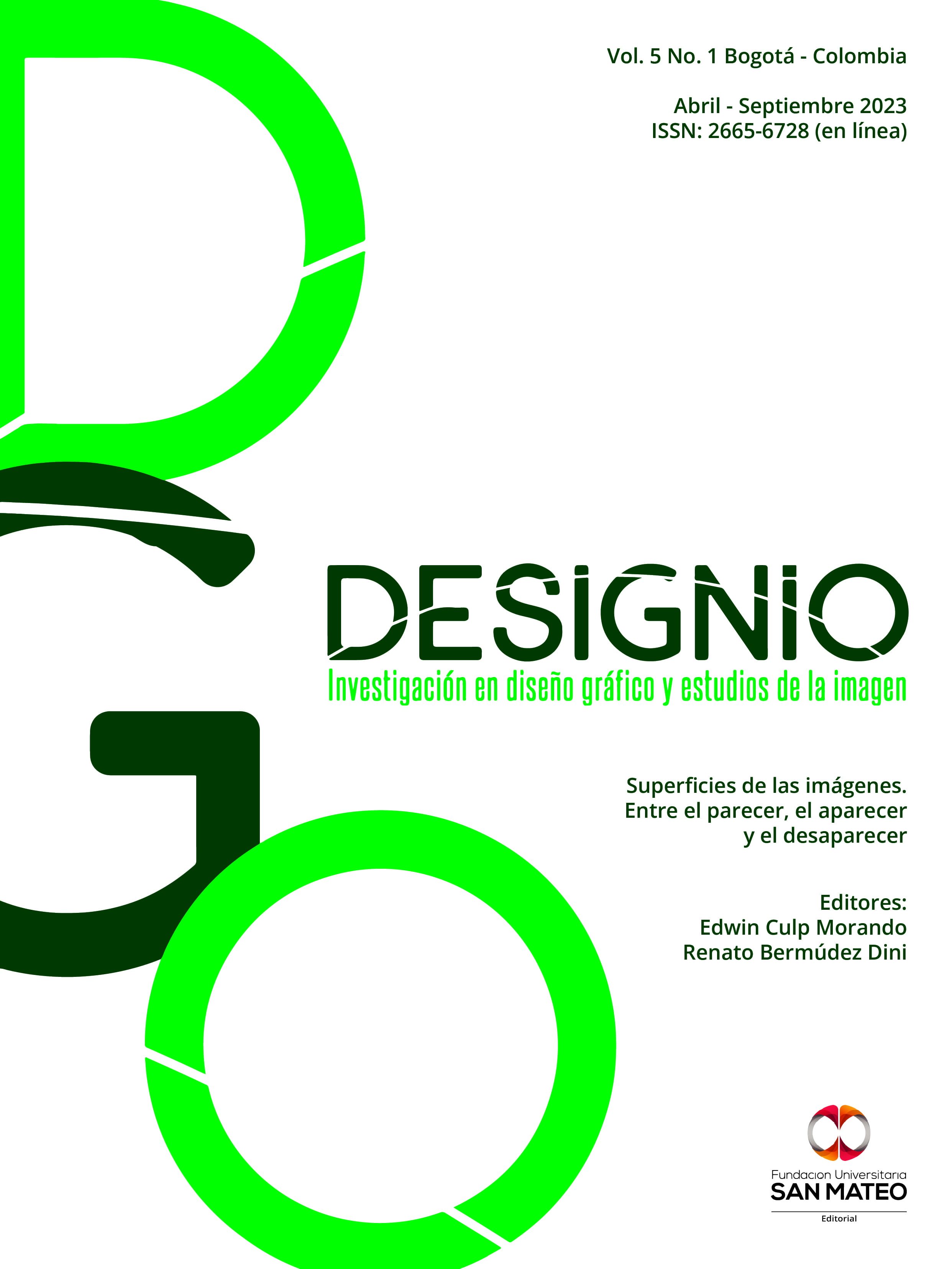Somática micropolítica en la recepción del arte Aportaciones desde algunos casos de museos en la Ciudad de México
Contenido principal del artículo
Resumen
El proceso de recepción de las artes en los recintos exhibitorios está condicionado por el uso del cuerpo en el espacio, un impacto analizado en menor medida que aquél que ocurre desde vías intelectuales como el discurso de las cédulas curatoriales o el de las visitas mediadas. En este trabajo se propone el concepto de obediencia somática como una de las características presentes en la relación que los visitantes desarrollan hacia las artes en recintos como el museo, para explicar cómo los cuerpos representan un factor determinante de la experiencia al disponer accesos e inmersiones durante el recorrido. Este planteamiento surge desde los hallazgos de la investigación realizada en distintos museos de arte en la Ciudad de México, que tuvo como objetivo encontrar los elementos que construyen la experiencia museística como un fenómeno de la comunicación. En este trabajo de campo, hecho en las salas de los museos, se utilizaron técnicas como la observación participante y no participante, así como la aplicación de cuestionarios y cartografías que respondieron visitantes del recinto. Por último, se explica cómo esta característica del soma en los visitantes detona procesos micropolíticos, viables de considerarse en la formulación y evaluación de las políticas culturales.
Descargas
Detalles del artículo

Esta obra está bajo una licencia internacional Creative Commons Atribución-NoComercial-SinDerivadas 4.0.
Citas
Chang, E. (2006). Interactive Experiences and Contextual Learning in Museums. Studies in Art Education, 47(2), 170-186.
Csikszentmihaly, M. (1997). Fluir (flow): Una psicología de la felicidad. Editorial Kairos.
Enríquez, G. y Martínez, C. (2016). Ciudadanía y cuerpos: reconfigurando la ciudadanía desde la diversidad. Sinéctica, (46). https://www.scielo.org.mx/scielo.php?script=sci_arttext&pid=S1665-109X2016000100006
Foucault, M. (2009). Vigilar y castigar. Siglo XXI.
Foucault, M. (2012). El poder, una bestia magnífica. Sobre el poder, la prisión y la vida. Mandius.
Ginzburg, C. (1997). El queso y los gusanos. El cosmos, según un molinero del siglo XVI. Muchnik Editores.
González, M. (2017). El cuerpo en la protesta social por Ayotzinapa. Prácticas artísticas y activismo en la toma política y cultural del Palacio de Bellas Artes. Andamios, 14(34), 115-135. https://www.redalyc.org/journal/628/62854825006/html/
Guattari, F. y Rolnik, S. (2006). Micropolítica. Cartografías del deseo. Traficantes de sueños.
Lynch, K. (2008). La imagen de la ciudad. Editorial Gustavo Gil.
Mandoki, K. (2006). Prácticas estéticas e identidades sociales. Siglo XXI Editores.
Meza, A. (2022). Imaginabilidad. La potencia micropolítica en el museo de arte [Tesis doctoral no publicada, Universidad Iberoamericana Ciudad de México].
Nussbaum, M. (2001). El cultivo de la humanidad: una defensa clásica de la reforma en la educación liberal. Andrés Bello.
Orozco, G. (2005). Los museos interactivos como mediadores pedagógicos. Revista Electrónica Sinéctica, (26), 38-50.
Planella, J. y Jiménez, J. (2019). Gramáticas de un mundo sensible: de corpógrafos y corpografías. Utopía y Praxis Latinoamericana: Revista Internacional de Filosofía y Teoría Social, 24(87), 16- 26.
Pollock, G. (2014). Whither Art History? The Art Bulletin, 96(1), 9-23.
Sontag, S. (2003). Un argumento sobre la belleza. Letras Libres, 9, 6-9.
Zemelman, H. (2006). Pensar la sociedad y a los sujetos sociales. Revista Colombiana de Educación, (50), 14-33. https://revistas.pedagogica.edu.co/index.php/RCE/article/view/7738
Zemelman, H. (2010). Sujeto y subjetividad: la problemática de las alternativas como construcción posible. Polis Revista Latinoamericana, 27. https://journals.openedition.org/polis/943

